How to tell better stories, write to persuade and more …
Want to write better, easier and faster? Get clicked, read, liked and shared? Otherwise boost your writing skills?

As we plan our upcoming Master Classes, I’ve been creating a lot of new slides. Here’s a sneak peek at some of my favorites.
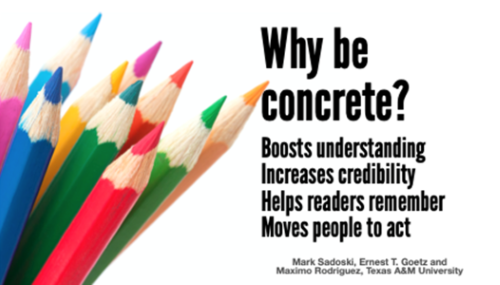
1. Make messages colorful with concrete details. Fun facts and juicy details might seem like the Cheez Doodles and Cronuts of communication: tempting, for sure, but a little childish and not particularly good for you.
But in fact they boost understanding, increase credibility, help people remember your message and move people to act. Add color to every piece you write with these nutritious elements.

2. Put your effort up top. Most writers spend very little time getting ready to write, more time writing and the most time fixing what they’ve written. But comma-jockeying ain’t writing, and the result is some pretty tepid prose. Write Better, Easier and Faster when you turn the writing process on its head.
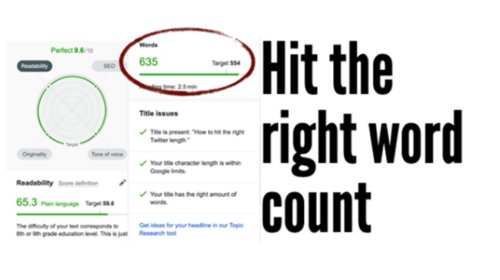
3. Stop agonizing over the right length for your blog post. Over-the-counter tools like SEMRush analyze successful posts to let you know what Google will rank for your search term. Get word length, keywords to use, readability levels and more. Plus, find out how many words people really read on social media channels.
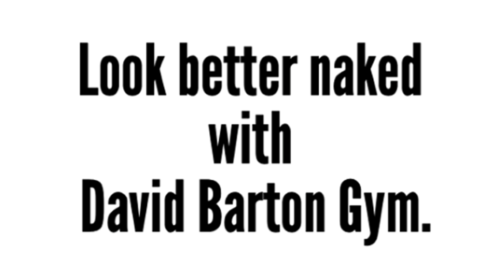
4. Lead with the benefits … substantiate with the features. Write about what readers can do with your products, services, programs and ideas — not about the products, services, programs and ideas themselves. The result: You’ll draw readers in and move them to act.
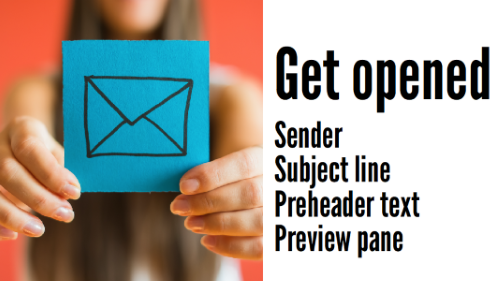
5. Are you addressing your email envelope? Recipients use four elements — the sender, subject line, preheader text and preview pane — to decide whether to open or delete your email or report it as spam. So if you’re just crafting your subject line, you’re ignoring 75% of the elements that readers use to determine whether to open.
To increase open rates, address all four elements of the envelope — not just the subject line.
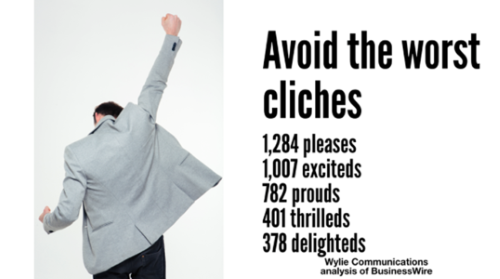
6. Avoid the worst news release quote clichés. We know your VP is overcome with emotion over your latest Whatzit. But instead of quoting executives about how delighted, pleased, excited and thrilled they are, write how users are benefitting from your product, service, program or idea. The result: sound bites journalists will use and readers will read.
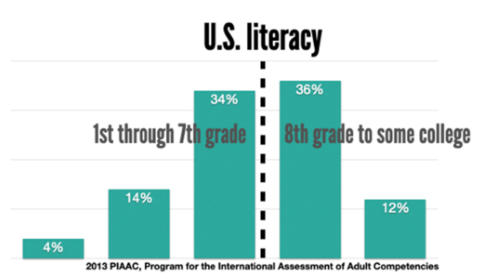
7. Reach readers where they are, not where you wish they were. Most Americans have basic or below-basic reading skills. That means that if you write at the 11th-grade reading level, you’ll miss 97% of Americans. Use readability statistics to make your message easier to read — for all of your audience members.

8. People spend half the time on your webpage when they’re using a smartphone. To get the message across on the small screen, write shorter paragraphs, sentences and words. Are you getting your message across on the mobile web?